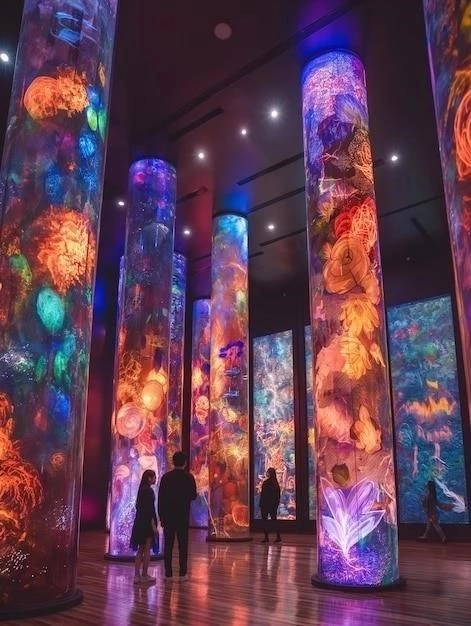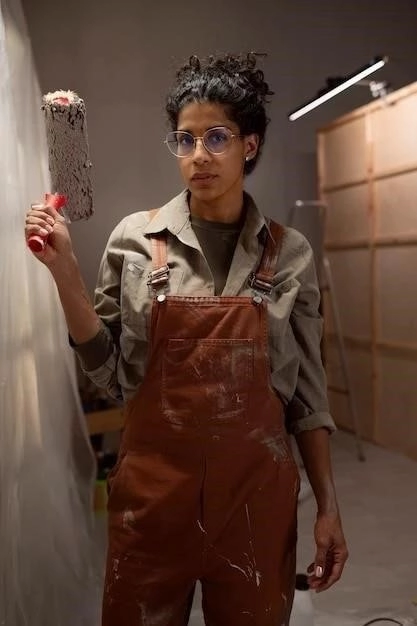A History of the Museum and its Collection
The Museum of Modern Art (MoMA) in New York City stands as a monument to modern and contemporary art. Founded in 1929, MoMA represented a bold vision: to become a dynamic space dedicated to collecting and showcasing the art of its time. The museum’s founders, Abby Aldrich Rockefeller, Lillie P. Bliss, and Mary Quinn Sullivan, envisioned an institution that would challenge conventional artistic tastes and champion the new and experimental. From its inception, MoMA amassed a collection that radically redefined the understanding of art history, embracing a wide range of mediums—painting, sculpture, photography, film, architecture, and design.
MoMA Highlights: Iconic Works You Shouldn’t Miss
A visit to MoMA presents an unparalleled opportunity to encounter some of the most recognizable and influential artworks in history. These iconic pieces, often reproduced and referenced, take on a new life when experienced in person. Here are a few of the must-see highlights:
Painting and Sculpture:
- Vincent van Gogh, The Starry Night (1889): Perhaps MoMA’s most famous work, this expressive nightscape continues to captivate viewers with its swirling brushstrokes and vibrant colors, conveying the artist’s intense emotional connection to the world around him.
- Pablo Picasso, Les Demoiselles d’Avignon (1907): This large-scale painting, with its fragmented forms and bold departure from traditional perspective, stands as a pivotal work in the development of Cubism and modern art as a whole.
- Henri Matisse, Dance (I) (1909): Matisse’s vibrant celebration of movement and human expression, rendered in a simplified style and bold colors, exemplifies the Fauvist approach to art.
- Salvador Dalí, The Persistence of Memory (1931): Dalí’s surreal masterpiece explores the fluidity of time and the subconscious mind. The melting clocks have become instantly recognizable icons of Surrealism.
- Frida Kahlo, Self-Portrait with Cropped Hair (1940): This powerful self-portrait, with Kahlo depicted in a man’s suit and with her hair shorn, challenges traditional notions of gender identity and expresses the artist’s emotional turmoil.
- Andy Warhol, Campbell’s Soup Cans (1962): Warhol’s iconic Pop Art image of mass-produced consumer goods elevated the mundane to the realm of high art, questioning traditional hierarchies of value in the process.
Beyond the Canvas:
- Marcel Duchamp, Bicycle Wheel (1951, replica of 1913 original): This early example of readymade art, consisting of a bicycle wheel mounted on a stool, challenged the very definition of art and paved the way for Conceptual art.
- Alexander Calder, Lobster Trap and Fish Tail (1939): This kinetic sculpture, with its delicately balanced elements that move in response to air currents, exemplifies Calder’s innovative approach to sculpture and his mastery of form and movement.
These are just a few of the countless highlights that await you at MoMA. The museum’s collection offers a rich and ever-evolving exploration of modern and contemporary artistic expression, guaranteeing an enriching and thought-provoking experience.
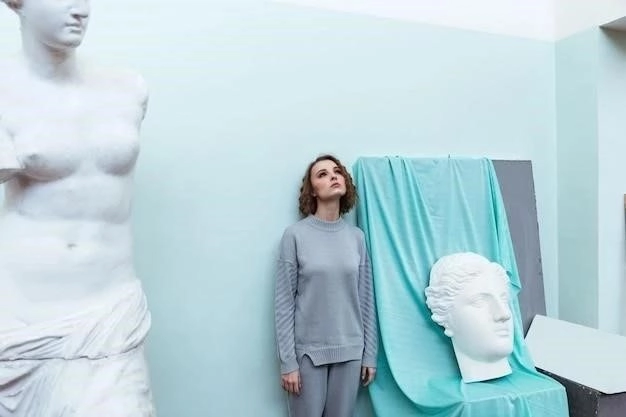
The Department of Architecture and Design: A Closer Look
MoMA’s dedication to encompassing the breadth of modern and contemporary creativity is exemplified by its esteemed Department of Architecture and Design. Established in 1932, it was the first museum department globally to focus on the intersection of these two influential fields. Under the guidance of its first director, the celebrated architect Philip Johnson, the department quickly established itself as a leading voice in promoting understanding and appreciation for the designed world.
The department’s collection, encompassing approximately 28,000 works, provides a captivating narrative of design history, from the early 20th century to the present day. It features an array of objects that extend far beyond the conventional limits of “museum pieces.” Architectural models, offering intricate glimpses into the visionary plans of renowned architects, stand alongside furniture, posters, and everyday household items, each bearing witness to the evolving aesthetics and functional ingenuity of their respective periods.
Visitors can encounter iconic examples of furniture design, like the sleek and modern “Barcelona Chair” by Mies van der Rohe, or delve into the evolution of industrial design through a range of objects, from sleek automobiles to innovative household appliances. The collection underscores the belief that design, in all its forms, plays a vital role in shaping our lived experience.
Through its exhibitions, publications, and educational programs, the Department of Architecture and Design fosters a deeper understanding of the creative processes, social contexts, and technological advancements that have shaped the built environment we inhabit. Whether showcasing the groundbreaking work of Bauhaus designers or exploring the latest trends in sustainable architecture, the department ensures that MoMA remains at the forefront of exploring the dynamic interplay between form, function, and human experience.
MoMA’s Commitment to Diversity and Inclusion in its Collection
Recognizing the crucial need to expand the traditional narratives of art history, MoMA has made a concerted and ongoing commitment to championing diversity and inclusion within its collection. Understanding that the creation and appreciation of art transcends geographical boundaries, cultural backgrounds, and individual identities, the museum actively seeks to represent a multiplicity of voices and perspectives.
This commitment is evident in the museum’s active acquisition of works by artists from underrepresented groups, including women, artists of color, and LGBTQ+ artists. MoMA acknowledges that for much of art history, these artists were unjustly excluded from mainstream recognition despite their significant contributions. By bringing their works to the forefront, MoMA aims to rectify historical imbalances and foster a more inclusive and representative understanding of modern and contemporary art.
Furthermore, MoMA is dedicated to diversifying its curatorial staff and programming. By fostering a team with a rich array of backgrounds and perspectives, the museum ensures that its exhibitions, educational programs, and acquisitions reflect a global viewpoint. This commitment to inclusivity extends beyond the museum walls, with MoMA actively engaging with diverse communities through outreach programs and partnerships.
MoMA’s ongoing mission is to be a space where visitors encounter art from around the world, engaging with a multiplicity of narratives and artistic practices. Through these ongoing efforts, MoMA aspires to be a leader in fostering dialogue, understanding, and appreciation for the multifaceted nature of art and its power to illuminate the richness of human experience in all its forms.
Exploring MoMA’s Collection through Exhibitions
While MoMA’s permanent collection forms a cornerstone of its offerings, the museum’s dynamic exhibition program provides ever-changing perspectives on modern and contemporary art. Through carefully curated exhibitions, MoMA invites visitors to engage with specific themes, movements, and artists in depth. These exhibitions often draw from the museum’s vast holdings while also incorporating significant loans from institutions and private collections around the world, creating dialogues that transcend geographical and chronological boundaries.
MoMA’s exhibition schedule encompasses a wide range of approaches. Some exhibitions focus on retrospectives, celebrating the career of a single artist and offering a comprehensive overview of their creative evolution. Others delve into specific art historical movements, examining the cultural and historical contexts that gave rise to groundbreaking artistic innovations. Thematic exhibitions, on the other hand, might explore a shared artistic concern, a social issue, or a particular medium, drawing connections between works from different periods and cultures.
Complementing these larger-scale exhibitions are smaller, more focused presentations drawn from the museum’s collection. These “Collection Galleries” offer a rotating selection of works, allowing curators to showcase recent acquisitions, explore new research findings, or provide fresh perspectives on familiar masterpieces. Whether through groundbreaking retrospectives or intimate explorations of the permanent collection, MoMA’s exhibitions ensure a dynamic and engaging experience for every visitor.
The MoMA Highlights Book: A Guide to the Collection
To complement the museum experience and provide a lasting companion for art enthusiasts, MoMA offers its “Highlights” book, an essential guide to the museum’s renowned collection. This meticulously curated volume serves as an introduction to some of the most iconic and influential works of modern and contemporary art housed within MoMA’s walls.
Featuring stunning reproductions and insightful texts, the “MoMA Highlights” book provides a rich overview of the museum’s vast holdings. Each artwork is accompanied by a concise yet informative description, offering insights into the artist’s life, technique, and the historical context surrounding the work’s creation. The book’s accessible language and chronological organization make it an ideal resource for both first-time visitors seeking an introduction to MoMA’s collection and seasoned art lovers looking to revisit cherished favorites or discover new additions.
The “MoMA Highlights” book extends the museum experience beyond the galleries, allowing readers to delve deeper into the stories behind the art. Whether as a memento of a visit, a gift for an art enthusiast, or a valuable addition to a personal library, this comprehensive guide serves as a lasting testament to MoMA’s dedication to showcasing the transformative power of modern and contemporary art.
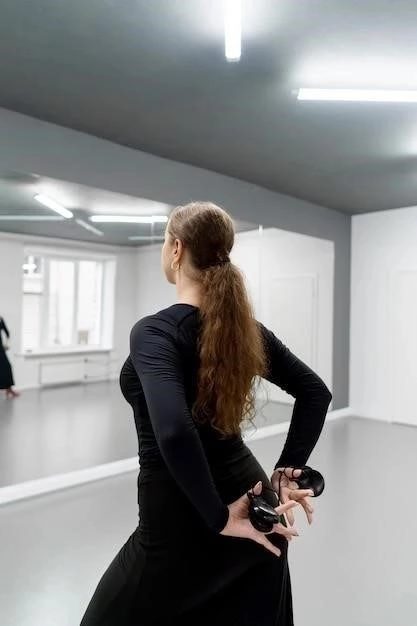
The Bloomberg Connects App: Enhancing Your MoMA Experience
To amplify and enrich the visitor experience, MoMA provides access to the Bloomberg Connects app, a free digital tool designed to deepen engagement with the museum and its collection. Available for both iOS and Android devices, the app serves as a personalized guide, offering a wealth of information at your fingertips.
Through the Bloomberg Connects app, visitors can delve into MoMA’s collection with greater depth. The app features audio guides for numerous works of art, offering insightful commentary from curators, artists, and art historians. These audio guides provide context, reveal hidden details, and offer a range of perspectives on MoMA’s most celebrated holdings.
Beyond audio tours, the Bloomberg Connects app features interactive maps, allowing visitors to navigate the museum with ease and locate specific works of art or galleries. The app also provides up-to-date information on current exhibitions, events, and programs, ensuring that visitors can plan their visit and make the most of their time at MoMA. With its user-friendly interface and wealth of information, the Bloomberg Connects app enhances accessibility and personalizes the museum experience, allowing visitors to explore MoMA’s offerings at their own pace and according to their individual interests.
Visiting MoMA: Practical Information and Tips
To ensure a rewarding and seamless visit to the Museum of Modern Art, it’s helpful to plan in advance. Here is some practical information and a few tips to enhance your experience:
Location and Hours:
MoMA is located at 11 West 53rd Street, between 5th and 6th Avenues in Midtown Manhattan. The museum is open seven days a week, from 10:30 am to 5:30 pm.
Admission:
Admission to MoMA is by timed-entry ticket, which can be purchased online in advance to secure your preferred date and time slot. Purchasing tickets online is highly recommended, especially during peak seasons or weekends.
Planning Your Visit:
- Allow Ample Time: MoMA’s collection is vast. Allocate sufficient time to explore the galleries that interest you most.
- Start with a Plan: Familiarize yourself with the museum’s layout and collection highlights using the MoMA website or the Bloomberg Connects app. This will help you prioritize your visit.
- Consider a Guided Tour: MoMA offers a variety of guided tours led by knowledgeable educators. Tours provide valuable insights into the collection and special exhibitions.
Tips for an Enjoyable Visit:
- Take Advantage of Free Audio Guides: Enhance your experience with MoMA’s free audio guides, available through the Bloomberg Connects app.
- Engage with Museum Staff: Gallery attendants and museum staff are available to answer questions and offer insights.
With a little planning and these helpful tips, your visit to MoMA promises to be an unforgettable experience.
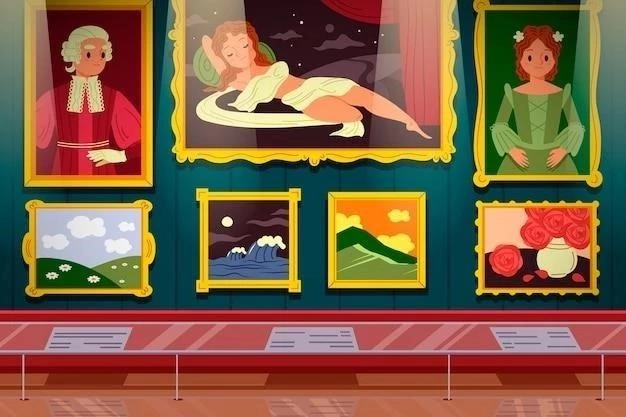
MoMA’s Impact on Modern and Contemporary Art
Since its inception, MoMA has exerted an unparalleled influence on the direction and understanding of modern and contemporary art. More than a repository of masterpieces, MoMA has actively shaped the artistic landscape through its groundbreaking exhibitions, acquisitions, publications, and educational programs, solidifying its position as a leading voice in the art world.
MoMA’s exhibitions have often been instrumental in introducing the public to new artistic movements and fostering a deeper appreciation for emerging artists. By championing avant-garde styles that were initially met with resistance, such as Abstract Expressionism, Pop Art, and Minimalism, MoMA helped these movements gain wider acceptance and critical acclaim, ultimately influencing the trajectory of art history.
Furthermore, MoMA’s commitment to collecting and exhibiting photography, film, architecture, and design as fine art has challenged traditional hierarchies within the art world. By embracing a multidisciplinary approach, MoMA has broadened the definition of art itself, expanding the possibilities for artistic expression and fostering a more inclusive understanding of creativity. Through its vast collection, scholarly rigor, and innovative programming, MoMA continues to inspire artists, scholars, and art enthusiasts alike, ensuring its enduring legacy as a catalyst for artistic innovation and a champion of modern and contemporary art in all its forms.
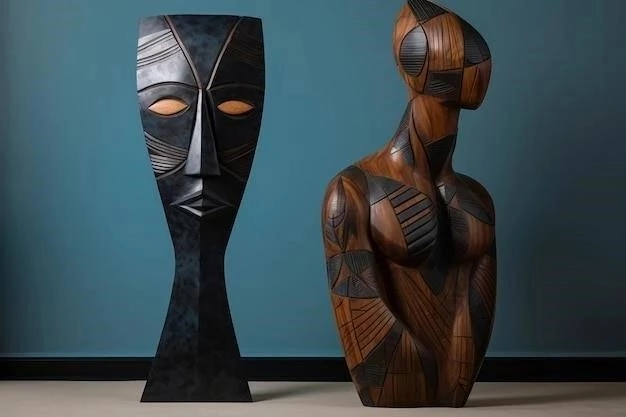
MoMA’s Digital Presence: Online Collection and Resources
Recognizing the importance of expanding access to art beyond its physical galleries, MoMA has developed a robust and engaging online presence. Through its website and digital platforms, MoMA provides a wealth of resources, making its collection and scholarship accessible to a global audience.
The heart of MoMA’s digital presence is its online collection, which features a significant portion of the museum’s holdings. Users can browse through thousands of artworks, each accompanied by detailed information about the artist, creation date, materials, and provenance. High-resolution images allow for close examination of the works, while thematic filters and a searchable database facilitate exploration and research.
Beyond the online collection, MoMA’s website offers a range of digital resources for art enthusiasts, educators, and students. Virtual exhibitions recreate the experience of exploring MoMA’s galleries online, while articles, essays, and videos delve deeper into specific artists, movements, and themes. Educational resources, including lesson plans and interactive activities, provide tools for educators seeking to integrate art into their curriculum. Through its thoughtful and expansive digital presence, MoMA ensures that its collection and scholarship remain accessible to a global audience, fostering a deeper appreciation for modern and contemporary art.
The Future of MoMA: Ongoing Projects and Initiatives
MoMA consistently demonstrates a commitment to evolution and expansion, ensuring its continued relevance and impact on the ever-changing landscape of modern and contemporary art. The museum actively pursues ongoing projects and initiatives designed to enhance its engagement with art, artists, and diverse audiences.
One key facet of MoMA’s future involves the ongoing expansion and diversification of its collection. The museum actively acquires works by emerging and underrepresented artists, representing a global perspective on artmaking. This commitment ensures that MoMA’s collection reflects the dynamism and multiplicity of contemporary art practices.
Furthermore, MoMA is deeply invested in innovative architectural development. Recent expansions and renovations have created more gallery space, allowing for more comprehensive displays of the permanent collection and ambitious temporary exhibitions. These physical transformations underscore MoMA’s dedication to providing an optimal environment for experiencing and engaging with art. By embracing digital technologies, expanding its collection, and fostering architectural innovation, MoMA ensures that it remains a vital center for the exploration and appreciation of modern and contemporary art for generations to come.








